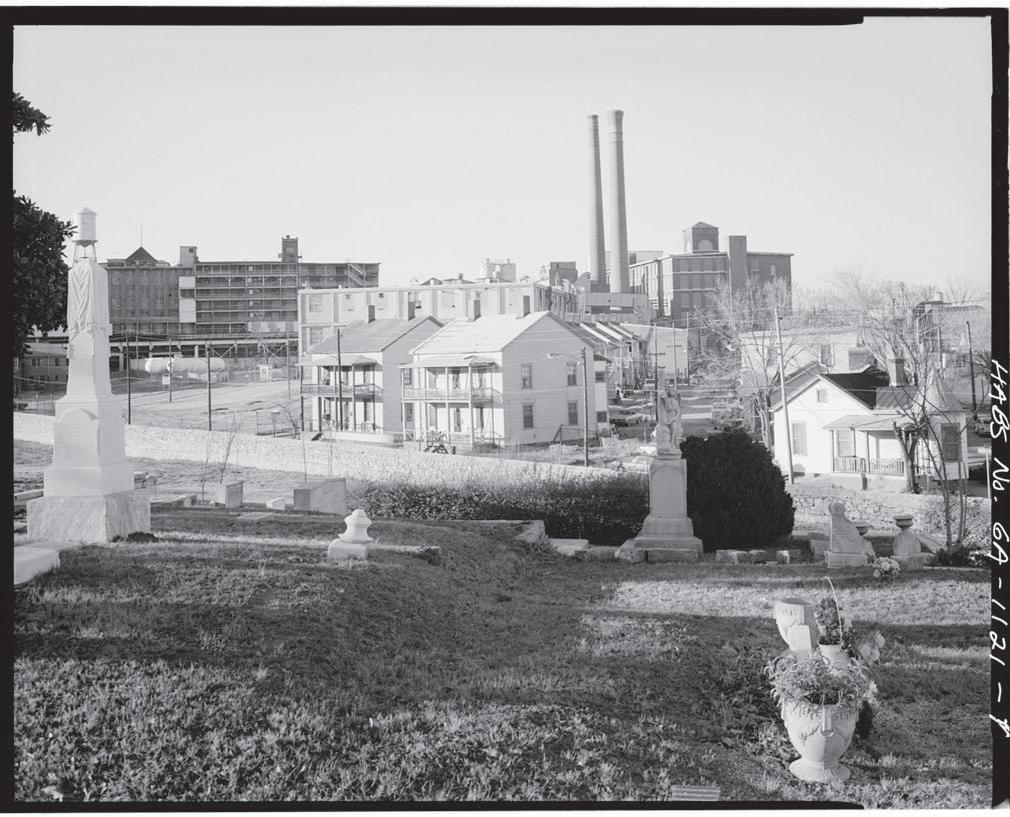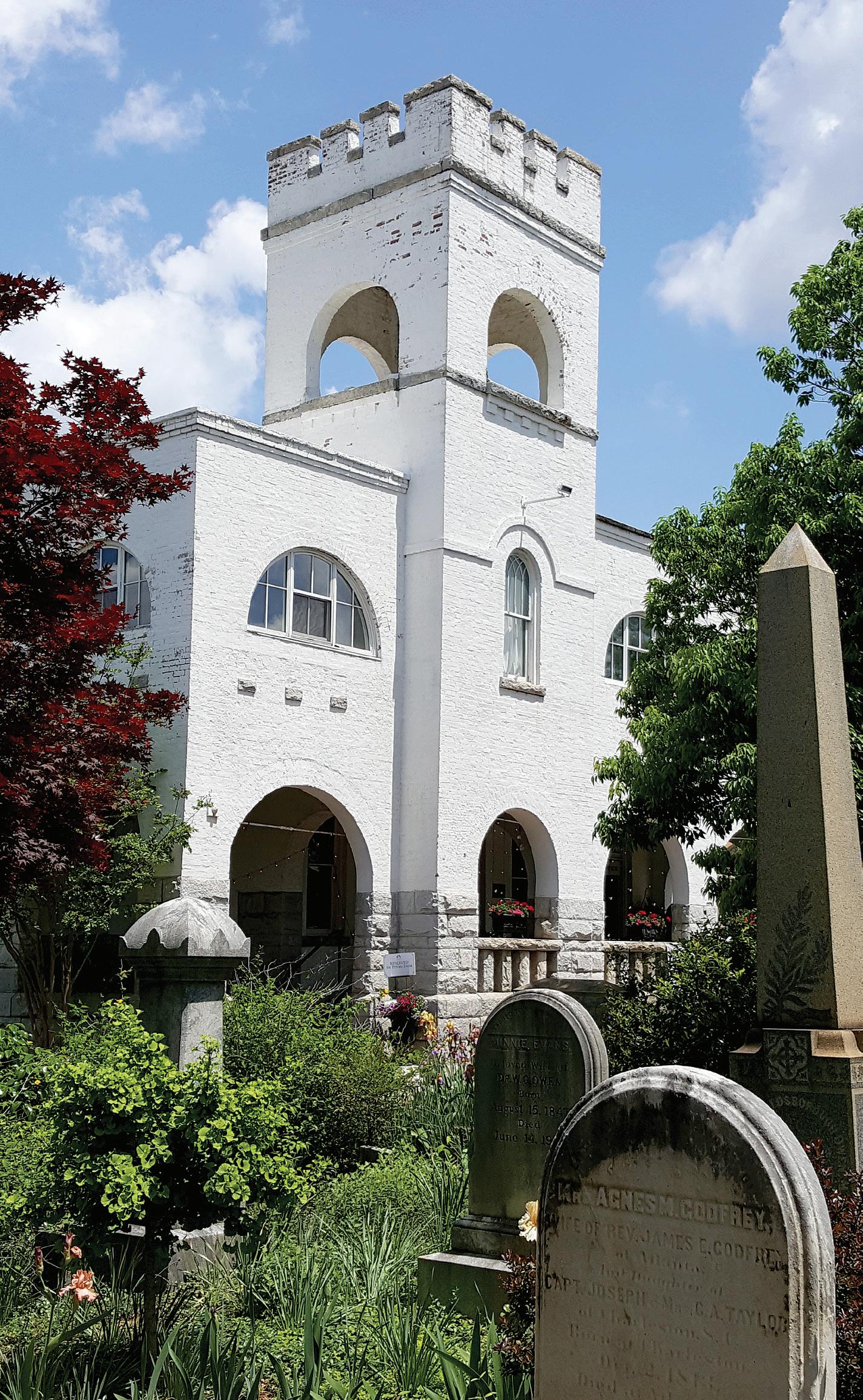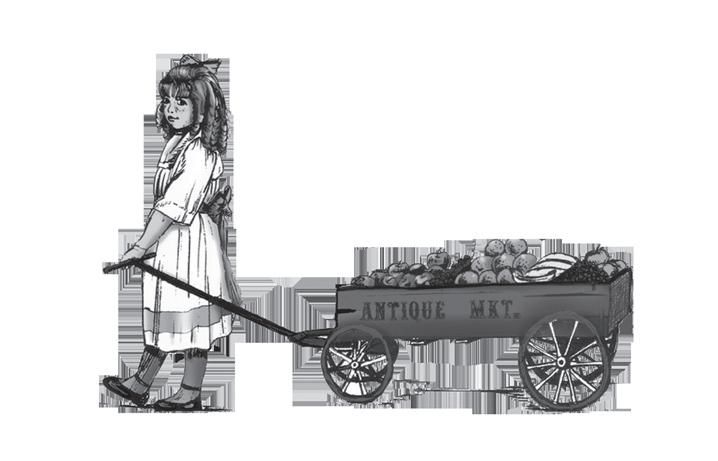
2 minute read
New era for Oakland’s historic bell tower
Perspectives In Architecture
The Oakland Bell Tower is ringing in new energy at historic Oakland Cemetery in Southeast Atlanta. The 48acre cemetery on the National Register of Historic Places was established in 1850 and designated as a City of Atlanta Park in 1932. Built at the site of the demolished Death House in 1899, the Bell Tower held space for the cemetery sexton to manage burials and conduct record-keeping at one of the largest cemetery greenspaces in Atlanta.
Over 70,000 Georgians rest eternally at Oakland Cemetery, including Mayor Maynard Jackson, legendary golfer Bobby Jones, 25 Atlanta mayors, and country singer Kenny Rogers. With more than 100,000 annual visitors at the Victorian garden-style cemetery, Historic Oakland Foundation, the nonprofit organization in charge of managing the property since 1976, had expanded uses for the two-story, Romanesque Revival building to serve as a visitor center, Foundation offices, and meeting space for corporate, civic, and educational groups.
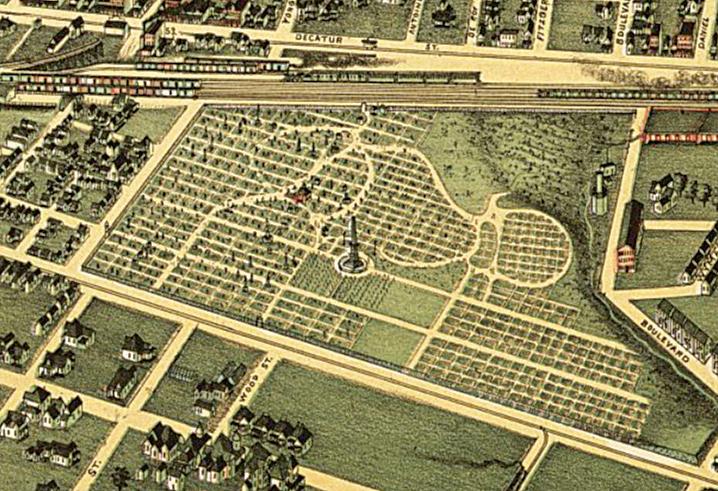
Cramped and drab interior spaces, lack of accessibility, and overuse of the Bell Tower led Historic Oakland Foundation to hire Atlanta-based Smith Dalia Architects for the rehabilitation of the 2,800-square-foot building. A longtime visitor to the cemetery, Smith Dalia Architects Principal Greg Cross has centered the project on preserving, refreshing, and modernizing the Bell Tower; adding more accessibility; and creating revenue-generating opportunities for the Foundation.
Historical building elements, such as exterior windows and the belfry structure housing the bell, have been restored. The renovated vault in the basement, once used to store deceased bodies, now functions as the sexton’s office. Removal of walls constructed during ad hoc renovations has resulted in a new lobby that doubles as event space for private, public, and school groups. Cross notes, “We had to remove non-sympathetic components to demonstrate the greatest standard of care for the building and visitors.”
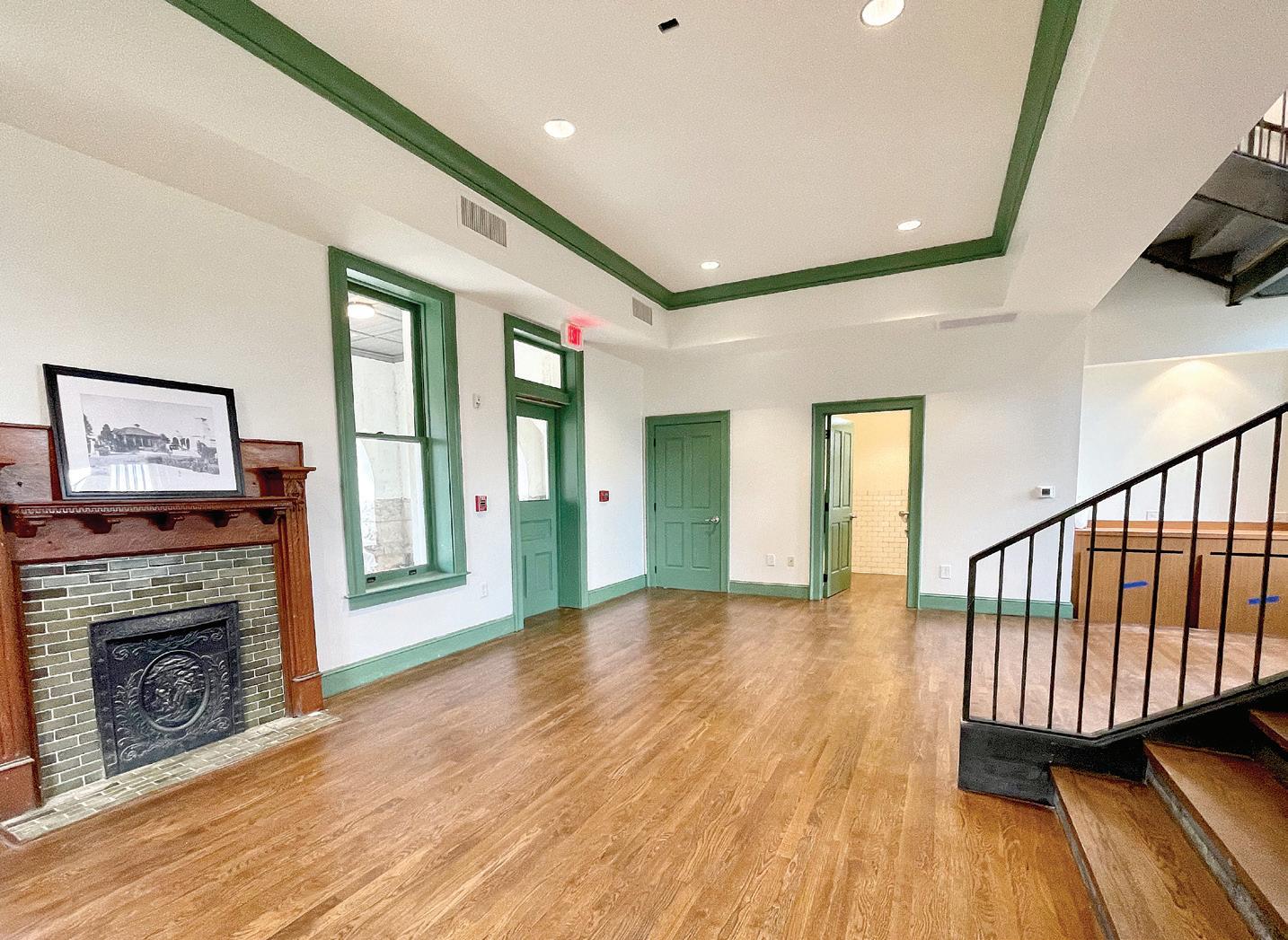
New building elements are distinguished from existing ones through the use of contrasting materials to express the design evolution of the building. In the lobby, metal finishes on a new stairway and elevator stand in contrast to the gypsum wall finish and original wood floors and trim. The addition of a stairway and elevator adds accessibility to the second floor featuring a meeting room and two newly restored porches. Enclosed in the 1970s as offices for the Foundation, restoration of the second-story porches for outdoor use allows visitors to see the cemetery’s gardens and ornamental memorials, new developments nearby, and the Atlanta skyline. As a site for funerals, public programs organized by the Foundation, and public relaxation, panoramic views from the Bell Tower help guests to see how the city’s oldest and first public greenspace serves a myriad of needs for Atlanta.
For more information about the Bell Tower, tune into the Uplifting Places podcast on Spotify hosted by Melody Harclerode with guest Smith Dalia Architects Principal Greg Cross and Historic Oakland Foundation Executive Director Richard Harker.
